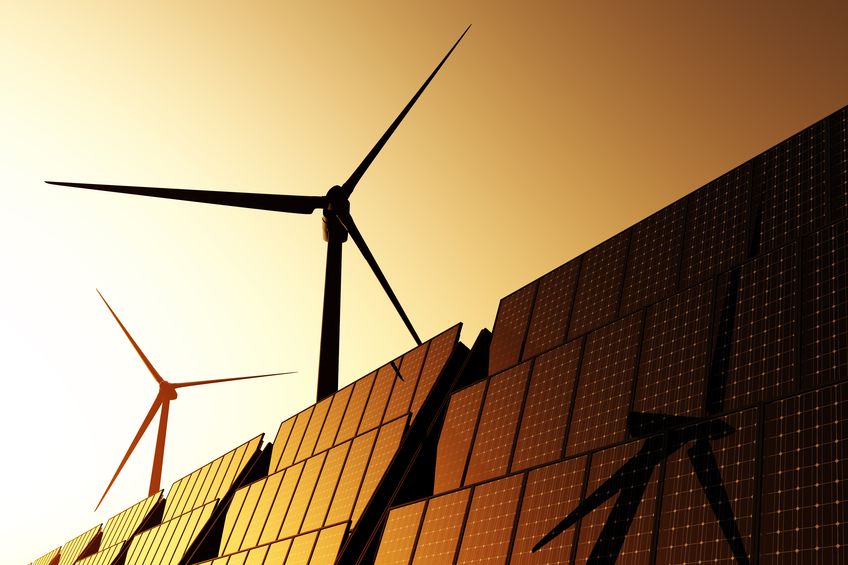Recently, while discussing data on energy resources, I was struck by the idea that wind and solar as grid-scale energy sources share a lot in common with what we call “fast fashion.”
For those who don’t know, “fast fashion” is the name given to the kind of clothing you find at stores like H&M or Forever 21, or online retailers like SHEIN.
The clothing is trendy, it takes up a lot of space in your closet, and the items often need to be replaced more frequently than traditional clothing.
Solar and wind follow a surprisingly similar track.
They are certainly trendy, no renewable gets the media attention that wind and solar do, and they are adapted quickly because they are made to be relatively easy to install. Solar and wind, in particular, are land-hungry among energy sources. In other words, they take up a lot of space. And, as it turns out, their operational lives are often much shorter than what their proponents advertise.
The popularity of wind and solar is obvious enough – if you google the words “renewable energy,” the vast majority of sources begin by discussing wind and solar, google images mostly show wind and solar, and other renewables such as geothermal are something of an afterthought. The U.S. Energy Information Administration’s data show that wind and solar produce more electricity than almost any other renewable aside from nuclear and hydroelectric. It seems that you can’t drive anywhere nowadays without passing a gigantic wind farm or solar array.
There is another reason why they seem to be everywhere, though—and that is that they are both among the most land-hungry electricity generation sources. According to a 2017 study, wind is calculated to take up 70.6 acres per megawatt, and solar gobbles up 43.5 acres per megawatt. On the other hand, coal, natural gas, and nuclear all have similar footprints — around 12-13 acres per megawatt.





